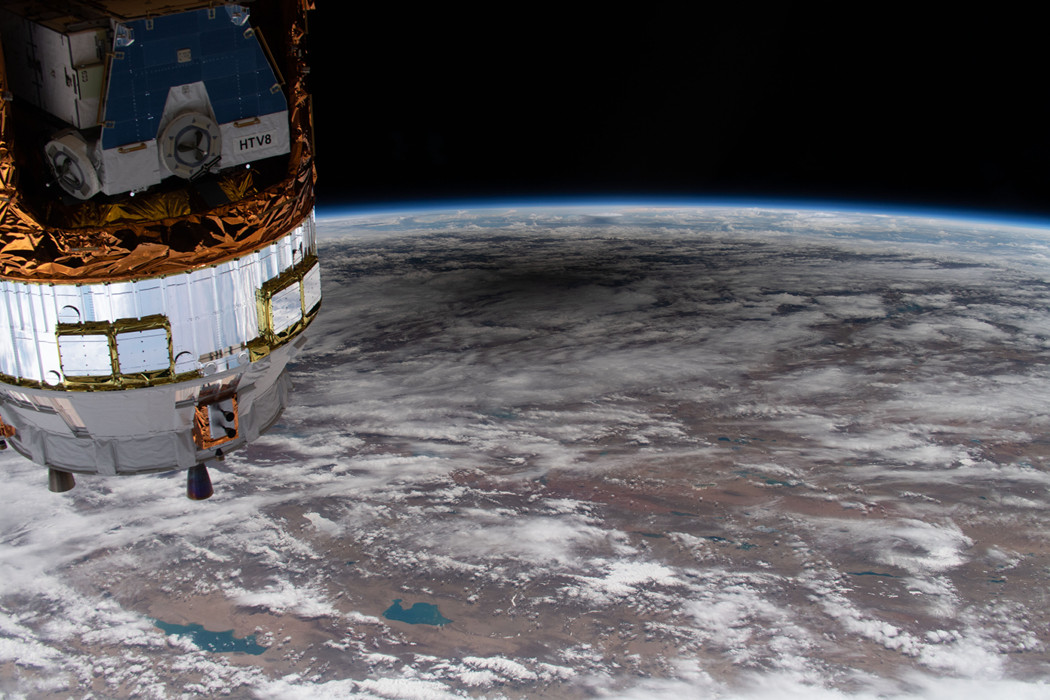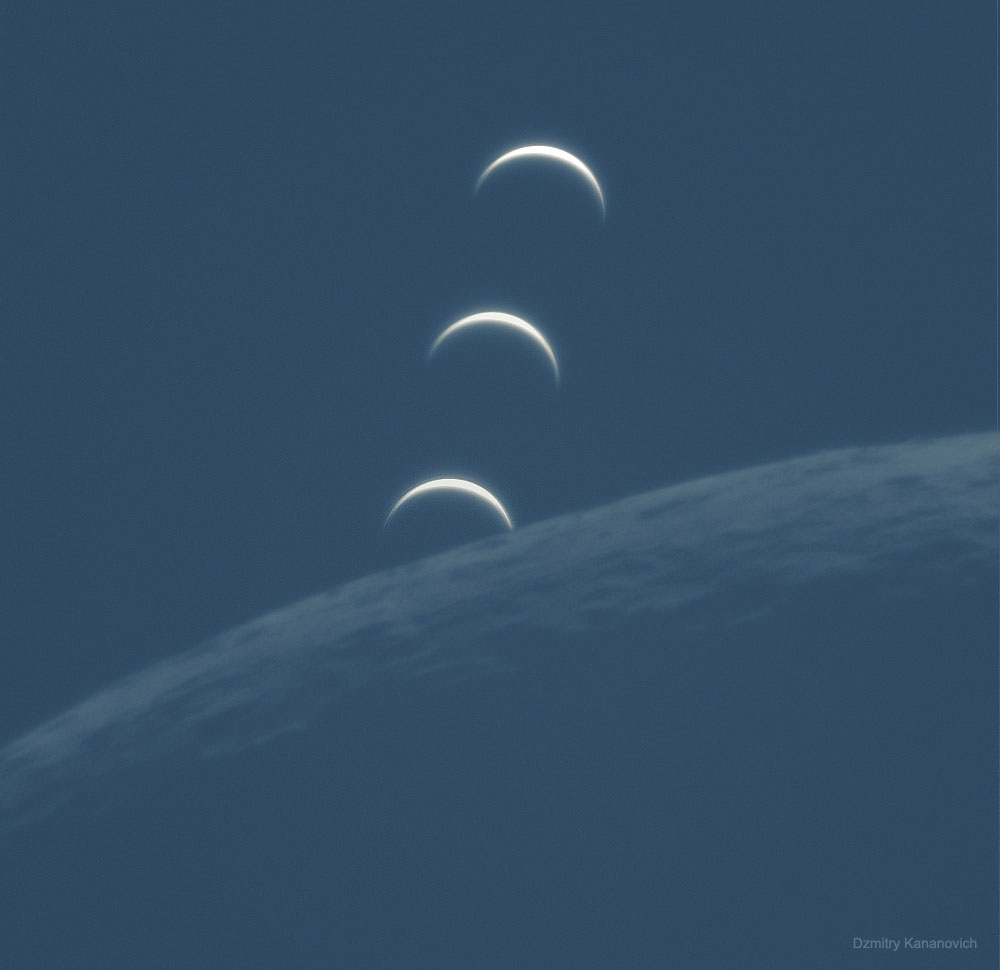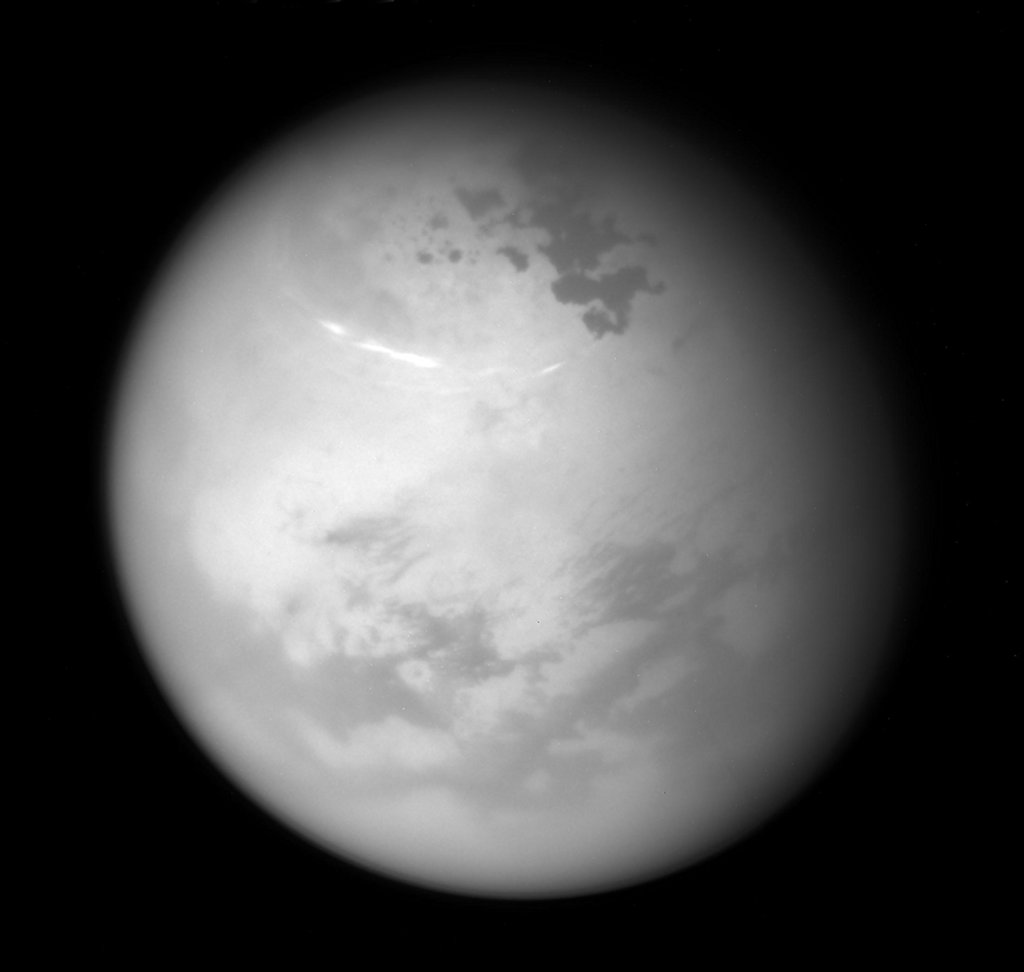Thomas Pesquet
Nombre total de pages vues
01/07/2020
30/06/2020
29/06/2020
Science & Technology - Astronomy pictrure of the day : Dark Sky Reflections

Image Credit & Copyright: Will Godward
Explanation: When the lake calmed down, many wonders of the land and sky appeared twice. Perhaps the most dramatic from the dark sky was the central band of our Milky Way Galaxy, visible as a diagonal band. Toward the right were both the Small (SMC) and Large (LMC) Magellanic Clouds, satellite galaxies of our Milky Way. Faint multicolored bands of airglow fanned across the night. Numerous bright stars were visible including Antares, while the bright planet Jupiter appears just above the image center. The featured image is a composite of exposures all taken from the same camera and from the same location within 30 minutes in mid-May from the shore of Lake Bonney Riverland in South Australia. Dead trees that extend from the lake were captured not only in silhouette, but reflection, while lights from the small town of Barmera were visible across the lake. In July, Jupiter and Saturn will rise toward the east just as the Sun sets in the west.
28/06/2020
Science & Technology - Astronomy picture of the day : Eclipse under the ISS :

Image Credit: NASA ISS Expedition 63
Explanation: The dark shadow of the New Moon reached out and touched planet Earth on June 21. A high definition camera outside the International Space Station captured its passing in this snapshot from low Earth orbit near the border of Kazakhstan and China. Of course those along the Moon's central shadow track below could watch the much anticipated annular eclipse of the Sun. In the foreground a cargo spacecraft is docked with the orbital outpost. It's the H-II Transfer Vehicle-9 from JAXA the Japan Aerospace Exploration Agency.
Science & Technology - Astronomy picture of the day : Europa and Jupiter from Voyager 1 :

Explanation: What are those spots on Jupiter? Largest and furthest, just right of center, is the Great Red Spot -- a huge storm system that has been raging on Jupiter possibly since Giovanni Cassini's likely notation of it 355 years ago. It is not yet known why this Great Spot is red. The spot toward the lower left is one of Jupiter's largest moons: Europa. Images from Voyager in 1979 bolster the modern hypothesis that Europa has an underground ocean and is therefore a good place to look for extraterrestrial life. But what about the dark spot on the upper right? That is a shadow of another of Jupiter's large moons: Io. Voyager 1 discovered Io to be so volcanic that no impact craters could be found. Sixteen frames from Voyager 1's flyby of Jupiter in 1979 were recently reprocessed and merged to create the featured image. About 43 years ago, Voyager 1 launched from Earth and started one of the greatest explorations of the Solar System ever.
26/06/2020
Science & Technologie - Astronomy picture of the day : Eclipse under the Bamboo :

Image Credit & Copyright: Somak Raychaudhury (Inter-University Centre for Astronomy & Astrophysics)
Explanation: Want to watch a solar eclipse safely? Try looking down instead of up, though you might discover you have a plethora of images to choose from. For example, during the June 21st solar eclipse this confusing display appeared under a shady bamboo grove in Pune, India. Small gaps between close knit leaves on the tall plants effectively created a network of randomly placed pinholes. Each one projected a separate image of the eclipsed Sun. The snapshot was taken close to the time of maximum eclipse in Pune when the Moon covered about 60 percent of the Sun's diameter. But an annular eclipse, the Moon in silhouette completely surrounded by a bright solar disk at maximum, could be seen along a narrow path where the Moon's dark shadow crossed central Africa, south Asia, and China.
24/06/2020
Science & Technology - Astronomy picture of the day : Inverted City Beneath Clouds :

Explanation: How could that city be upside-down? The city, Chicago, was actually perfectly right-side up. The long shadows it projected onto nearby Lake Michigan near sunset, however, when seen in reflection, made the buildings appear inverted. This fascinating, puzzling, yet beautiful image was captured by a photographer in 2014 on an airplane on approach to Chicago's O'Hare International Airport. The Sun can be seen both above and below the cloud deck, with the latter reflected in the calm lake. As a bonus, if you look really closely -- and this is quite a challenge -- you can find another airplane in the image, likely also on approach to the same airport.
21/06/2020
Science & Technology - Astronomy picture of the day : Moon Occults Venus

Image Credit & Copyright: Dzmitry Kananovich
Explanation: It may look like Earthrise, but it's actually Venus-set. Just after sunrise two days ago, both the Moon and Venus also rose. But then the Moon overtook Venus. In the featured image sequence centered on the Moon, Venus is shown increasingly angularly close to the Moon. In the famous Earthrise image taken just over 50 years ago, the Earth was captured rising over the edge of the Moon, as seen from the Apollo 8 crew orbiting the Moon. This similar Venus-set image was taken from Earth, of course, specifically Estonia. Venus shows only a thin crescent because last week it passed nearly in front of the Sun, as seen from Earth. The Moon shows only a thin crescent because it will soon be passing directly in front of the Sun, as seen from Earth. Today, in fact, two days after this image was taken, the Moon will create a solar eclipse, with a thin swath across the Earth treated to an annular solar eclipse.
Santé/Médecine - Guérir sans gagner d'argent : les laboratoires s'interrogent !
En médecine, de nouveaux médicaments contre les maladies génétiques très rares sont en train de voir le jour. L'un des premiers cas est celui de Mila Makovec, une jeune fille souffrant d'une maladie génétique unique, qui a reçu un traitement conçu spécifiquement pour elle.
Remplacer, modifier ou supprimer des gènes n'a jamais été aussi facile. Reste à répondre à une question cruciale: qui paiera pour ces médicaments alors qu'ils n'aident à chaque fois qu'une seule personne et demandent de lourds investissements humains?
Les capitalistes i.e. les laboratoires s'interrogent...
20/06/2020
Science & Technology - Astronomy picture of the day : Northern Summer on Titan

Explanation: Today's solstice brings summer to planet Earth's northern hemisphere. But the northern summer solstice arrived for ringed planet Saturn over three years ago on May 24, 2017. Orbiting the gas giant, Saturn's moon Titan experiences the Saturnian seasons that are about 7 Earth-years long. Larger than inner planet Mercury, Titan was captured in this Cassini spacecraft image about two weeks after its northern summer began. The near-infrared view finds bright methane clouds drifting through Titan's dense, hazy atmosphere as seen from a distance of about 507,000 kilometers. Below the clouds, dark hydrocarbon lakes sprawl near its fully illuminated north pole.
Inscription à :
Commentaires (Atom)
ASTRONOMY - Orion and the Ocean of Storms
2025 December 13 Orion and the Ocean of Storms Image Credit: NASA , Artemis 1 Explanation: On December 5, 2022, a camera on board the u...

-
2022 September 26 All the Water on Planet Earth Illustration Credit: Jack Cook, Adam Nieman, Woods Hole Oceanographic Institution ; Data ...
-
2025 May 11 The Surface of Venus from Venera 14 Image Credit: Soviet Planetary Exploration Program , Venera 14 ; Processing & Copyri...